The existence of a number of aerial photos showing flood-related oil spills on a state-run website was revealed in an El Paso Times story by Marty Schladen last month, followed shortly by state officials ordering the photos removed from the website operated by the University of Texas at Austin.
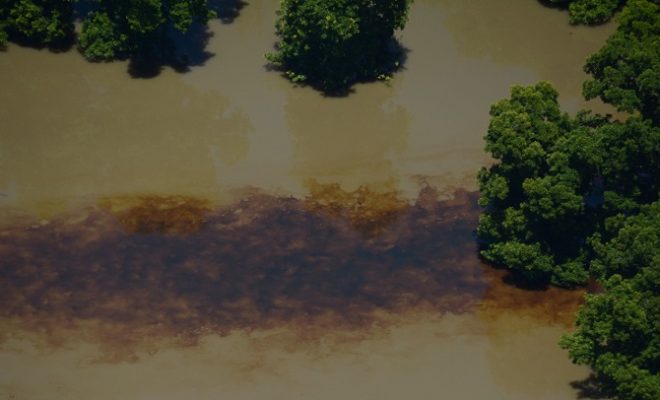 El Paso Times
El Paso Times
Local News
Transparency an Issue in Texas Flooding Consequences
A Matter of Public Knowledge
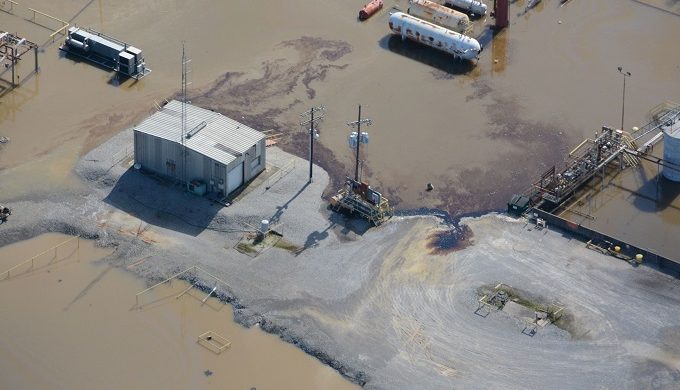
Photo: Courtesy University of Texas at Austin, El Paso Times
Until the Times’ story was published, the photos weren’t common knowledge to the public and identified possible environmental damage caused by flooding in oil drilling areas, including fracking sites. For people that live in or near the affected watersheds, these photos provided useful information not otherwise publicized, as officials identified that they were meant for emergency management personnel use only, in real-time.
Use of the Public Information Act
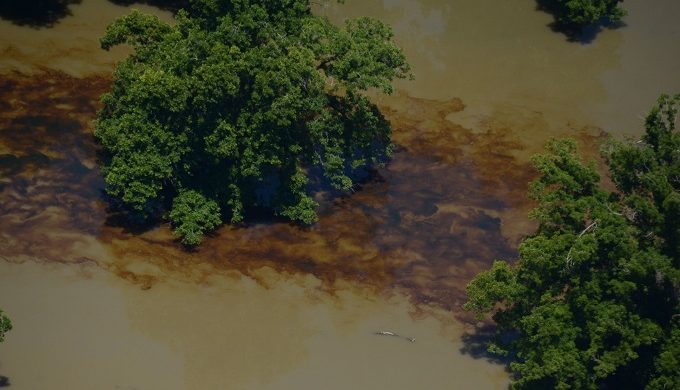
Photo: Lower Trinity River East, via El Paso Times
Texas Department of Public Safety spokesman Tom Vinger identified that, “In consultation with UT staff, the photos have been removed from the public domain, as they are not vetted for privacy concerns or related issues in real-time when uploaded during an emergency.” He also stated that, “…the public and media may still request access to the photos through the Public Information Act.”
“…a blow to transparency and accountability…”
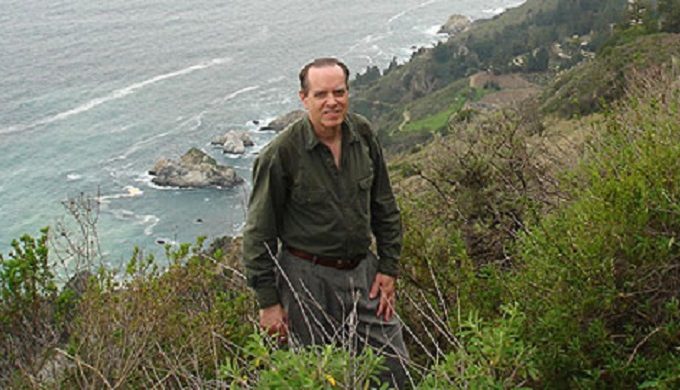
Photo: Ken Kramer, Water Resources Chairman, Sierra Club Lone Star Chapter, sierraclub.com
Ken Kramer, water resources chairman of the Lone Star Chapter of the Sierra Club was skeptical about state officials’ privacy concerns. “The public has a right to know about flooding events that could pose a threat to their health and their environment,” Kramer stated. “Removing air surveillance photos of floods of oil and gas facilities from public access is a blow to transparency and accountability. It’s ridiculous to say that this was done for privacy concerns.”
Coming Clean
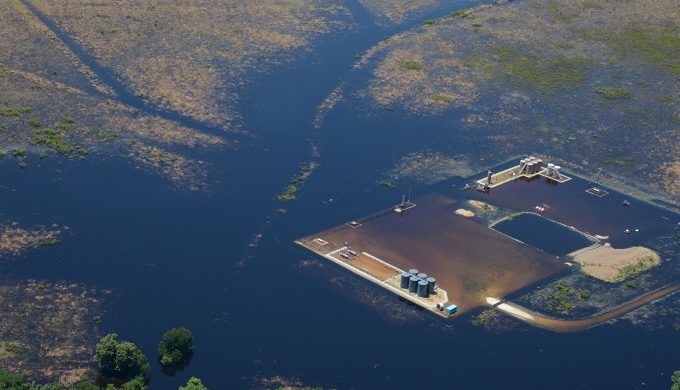
Photo: Lower Trinity River East, via El Paso Times
Agreeing with Kramer, the El Paso Times Editorial Board stated, “The decision to remove the photos from public view appears to be an effort to hide visuals that don’t portray the energy business in a flattering light,” noting that making the photos readily available on a state website would be far more transparent. The Times noted that it urges the Texas Department of Public Safety to reconsider the decision to remove the photos and make them more accessible as opposed to relegating citizens of the state to, in effect, jump through hoops to view them.
Reference:

